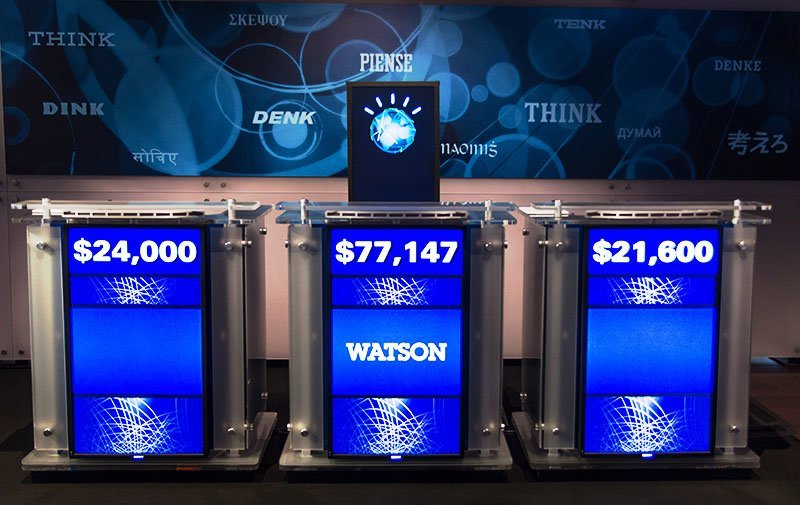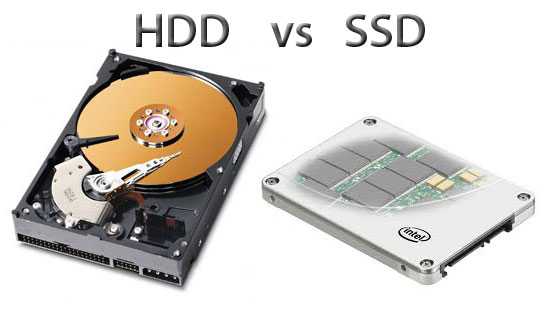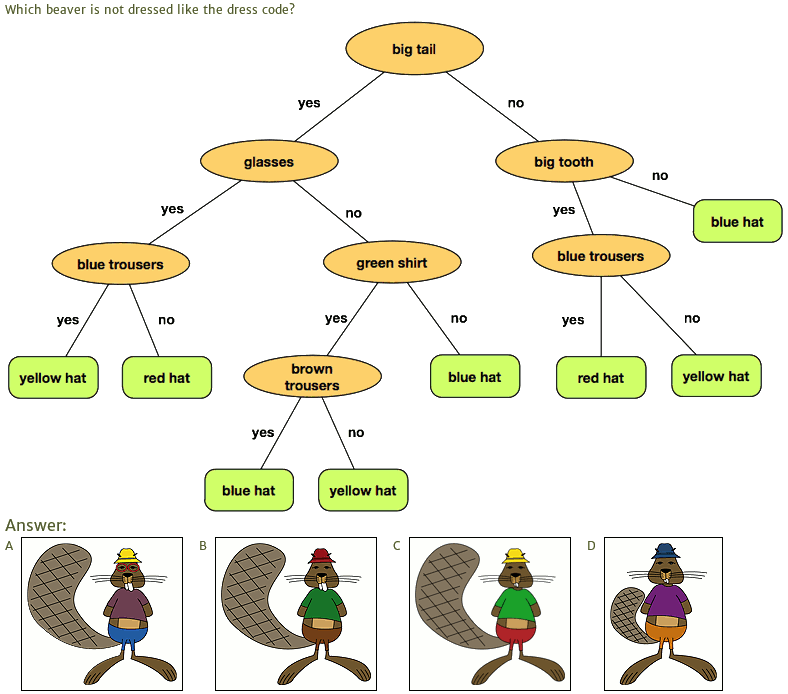Pattern Recognition and Machine Learning
Data: 4.09.2018 / Rating: 4.7 / Views: 581Gallery of Video:
Gallery of Images:
Pattern Recognition and Machine Learning
Machine Learning is a firstclass ticket to the most exciting careers in data analysis today. As data sources proliferate along with the computing power to process them, going straight to the data is one of the most straightforward ways to quickly gain insights and make predictions. Pattern recognition has its origins in engineering, whereas machine learning grew out of computer science. However, these activities can be viewed as two facets of the same field, and together they have undergone substantial development over the past ten years. In particular, Bayesian methods have Pattern recognition is the automated recognition of patterns and regularities in data. In machine learning, pattern recognition is the assignment of a label to a given input value. In statistics, discriminant analysis was introduced for this same purpose in 1936. Pattern Recognition Machine Learning. Pattern recognition is the act of taking in raw data and taking an action based on the category of Pattern recognition and machine learning are two closely related subjects and the differences may gradually disappear. For example, the recent deep learning trend in machine learning emphasizes endtoend learning: the input of a deep learning method is the raw input data (rather than feature vectors) and its output is the desired prediction. Pattern recognition is the process of classifying input data into objects or classes based on key features. There are two classification methods in pattern recognition: supervised and. Pattern Recognition and Machine Learning provides excellent intuitive descriptions and appropriatelevel technical details on modern pattern recognition and machine learning. It can be used to teach a course or for selfstudy, as well as for a reference. The Beta distribution provides the. prior for the Bernoulli distribution. Pattern recognition has its origins in engineering, whereas machine learning grew out of computer science. However, these activities can be viewed as two facets of the same field, and together they have undergone substantial development over the past ten years. C19 Machine Learning 8 Lectures Hilary Term 2015 2 Tutorial Sheets A. Zisserman Overview: Supervised classification perceptron, support vector machine, loss functions, kernels, Pattern Recognition and Machine Learning Christopher Bishop, Springer, 2006. Excellent on classification and No previous knowledge of pattern recognition or machine learning concepts is assumed. Familiarity with multivariate calculus and basic linear algebra is required, and some experience in the use of probabilities would be helpful though not essential as the book includes a selfcontained introduction to basic probability theory. Its really neat that simply feeding pixels into a neural network actually worked to build image recognition! It knows exactly one pattern and one pattern only. We examine top Python Machine learning open source projects on Github, both in terms of contributors and commits, and identify most popular and most active ones. It is composed of a reasonably large number of packages that implement tools for image, audio video processing, machine learning and pattern recognition; skdata, 441 commits, 10. The Journal of Electronic Imaging (JEI), copublished bimonthly with the Society for Imaging Science and Technology, publishes peerreviewed papers that cover research and applications in all areas of electronic imaging science and technology. This is the first text to provide a unified and selfcontained introduction to visual pattern recognition and machine learning. It is useful as a general introduction to artifical intelligence and knowledge engineering, and no previous knowledge of pattern recognition or machine learning is necessary. Preface Pattern recognition has its origins in engineering, whereas machine learning grew out of computer science. However, these activities can be viewed as two facets of Pattern Recognition and Machine Learning provides excellent intuitive descriptions and appropriatelevel technical details on modern pattern recognition and machine learning. It can be used to teach a course or for selfstudy, as well as for a reference. This is the first textbook on pattern recognition to present the Bayesian viewpoint. The book presents approximate inference algorithms that permit fast approximate answers in situations where exact answers are not feasible. It uses graphical models to describe probability distributions when no other books apply graphical models to machine learning. Dismiss Pattern Recognition and Machine Learning. Users who have contributed to this file. It is written for graduate students or scientists doing interdisciplinary work in related fields. a In summary, this textbook is an excellent introduction to classical pattern recognition and machine learning (in the sense of parameter estimation). This course introduces fundamental concepts, theories, and algorithms for pattern recognition and machine learning, which are used in computer vision, speech recognition, data mining, statistics, information retrieval, and bioinformatics. NET Image Processing and Machine Learning Framework. NET is a framework for scientific computing in. The framework is comprised of multiple librares encompassing a wide range of scientific computing applications, such as statistical data processing, machine learning, pattern recognition, including but not limited to, computer vision and computer audition. About this course: Machine learning is the science of getting computers to act without being explicitly programmed. In the past decade, machine learning has given us selfdriving cars, practical speech recognition, effective web search, and a vastly improved understanding of the human genome. Course Requirements 1 60 of exercise assignments solved. For 70, you get 1 point added to exam score; for 80 two points and for 90 three points. 2 Project assignment, which is organized in the form of a pattern recognition competition. The competition is done in groups. Pattern Recognition and Machine Learning This leading textbook provides a comprehensive introduction to the fields of pattern recognition and machine learning. It is aimed at advanced undergraduates or firstyear PhD students, as well as researchers and practitioners. This package is a Matlab implementation of the algorithms described in the classical machine learning textbook: Pattern Recognition and Machine Learning by C. Note: this package requires Matlab R2016b or latter, since it utilizes a new syntax of Matlab called Implicit expansion (a. Description This is the first textbook on pattern recognition to present the Bayesian viewpoint. The book presents approximate inference algorithms that permit fast approximate answers in situations where exact answers are not feasible. The IEEE Transactions on Pattern Analysis and Machine Intelligence (TPAMI) is published monthly. Its editorial board strives to present most important research results in areas within TPAMI's scope. I'm having some issues trying to implement the neural networks from chapter 5 for regression problems. More concretely, I am trying to implement those functions appearing in figure 5. Pattern recognition and Machine Learning from Artificial Intelligence Slideshare uses cookies to improve functionality and performance, and to provide you with relevant advertising. If you continue browsing the site, you agree to the use of cookies on this website. Pattern Recognition is a mature but exciting and fast developing field, which underpins developments in cognate fields such as computer vision, image processing, text and document analysis and neural networks. It is closely akin to machine learning, and also finds applications in fast emerging areas Pattern recognition, machine learning, and deep learning represent three different schools of thought. Pattern recognition is the oldest (and as a term is quite outdated). Machine Learning is the most fundamental (one of the hottest areas for startups and research labs as of today, early 2015). HandsOn Pattern Recognition Challenges in Machine Learning, Volume 1. HandsOn Pattern Recognition Challenges in Machine Learning, Volume 1 Isabelle Guyon, Gavin Cawley, machine learning, establishing benchmarks to fairly evaluate methods. Miquel Ferrer, Francesc Serratosa, Kaspar Riesen, Learning Heuristics to Reduce the Overestimation of Bipartite Graph Edit Distance Approximation, Proceedings of the 11th International Conference on Machine Learning and Data Mining in Pattern Recognition, July 2021, 2015, Hamburg, Germany Pattern Recognition and Machine Learning Pattern Recognition and Machine Learning provides excellent intuitive descriptions and appropriatelevel technical details on modern pattern recognition and machine learning. It can be used to teach a course or for selfstudy, as well as for a reference. Pattern Recognition and Machine Learning provides excellent intuitive descriptions and appropriatelevel technical details on modern pattern recognition and machine learning. It can be used to teach a course or for selfstudy, as well as for a reference. This is the solutions manual (webedition) for the book Pattern Recognition and Machine Learning (PRML; published by Springer in 2006). It contains solutions to the exercises. This release was created September 8, 2009. Future releases with corrections to errors will be published on the PRML Pattern Recognition and Machine Learning (Information Science and Statistics) [Christopher M. FREE shipping on qualifying offers. This is the first textbook on pattern recognition to present the Bayesian viewpoint. No previous knowledge of pattern recognition or machine learning concepts is assumed. Familiarity with multivariate calculus and basic linear algebra is required, and some experience in the use of probabilities would be helpful though not essential as the book includes a selfcontained introduction to basic probability theory. PRMLT Pattern Recognition and Machine Learning Toolbox View on GitHub Download. This package is a Matlab implementation of the algorithms described in the classical machine learning textbook: Pattern Recognition and Machine Learning by C. Description The field of pattern recognition has undergone substantial development over the years. This book reflects these developments while providing a grounding in the basic concepts of pattern recognition and machine learning. This is the solutions manual (webedition) for the book Pattern Recognition and Machine Learning (PRML; published by Springer in 2006). It contains solutions to the exercises. Netlab (a Matlab toolbox for neural networks) consists of a set of M les. Software written in the Matlab language is portable to
Related Images:
- Lets be cops
- CZECH PARTIES 3
- People shit
- 90210 s01e01 720p
- Game of r
- The Shape Of The Liturgy New Edition
- Dredd 2018 dual audio
- Double identity by margaret peterson haddix quotes
- Final wii pal
- THE MAGIC CHRISTIAN
- Brasileirinhas Segredos
- Dlc euro truck simulator 2
- Win xp sp3 professional iso
- Mettler b5 manual
- Gunday bengali version
- Jeux educatif gratuit a telecharger
- The Elf Queen of Shannara Heritage of Shannara
- Lalba di un
- Cam Girl ita
- Bloons tower defense
- Trojan war 1997
- Ati Mobility Radeon Hd 5650 Driver Update Hp
- Game of thrones s
- 3 reasons why
- New girl s02e13 720p
- Fascinating Womanhood Free
- Sword art online 1080p ii 15
- Ferdinando e carolina
- Best of the 80
- NFS The Run
- Changing His Reality Reality
- The spectacular now 1080p
- Moral Theory An Introduction
- Dj vol 5
- Whos the boss now
- Any video converter xvid
- Power Season 4
- Symphony no 4 romeo and juliet
- Dvdr alleen maar nette mensen
- Paleo chocolate lovers
- Un mundo por descubrir tecnopolis
- Examen Rooster 2017
- Ages of empire 3
- Nokia c2 00 block d game free download
- Fit And Fabric Threads On
- Dexter season 8 episode
- April 2018 indie
- Revenge s04e01 720p
- Ost 28 weeks later
- Guardian of the galaxy eng
- Confessions the paris mysteries
- 1994 Dodge Class B Van Owners
- After earth dopo la fine del mondo
- La buena vida
- Bill withers aint no sunshine
- Home alone teen 5
- If At First Crimson Cove Mysteries Book 1
- Windows 7 x64 chinese
- Adobe 2018 cc
- Water Bottle Rocket Launcher Instructions
- The best of red hot
- Algorithmen Und Datenstrukturen In C
- Kiki service dual audio
- Edward maya love story
- Rockschool Popular Music Theory Workbook Grade 1
- Williams live in london
- Yoshiki x japan
- Top of the pop 2018
- De Renner
- Being human s03e10
- Floor Plans Pdf Download
- Corel after shot pro 2
- District 9 psp
- Ghost hunters s09e03
- Demi lovato 320
- Best Of Yuvan Shankar Raja Hits Tamil Songs
- Google hybrid maps downloader
- Lost season 3 episode 9
- The Twilight Saga Breaking Dawn Part 1 2018
- Little big soldier 2018 dvdrip
- Slam it Young Pussy
- Bentley Contextcapture Center V4 0
- Amour et amn
- Manual reloj tissot prc 100 chrono
- A time to love a and time to die
- Ccna todd lammle latest edition pdf free download
- The Far Side Gallery 3
- The opie and anthony show 8
- Big bang season 8 episode 1












